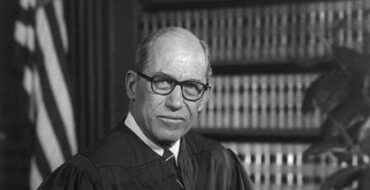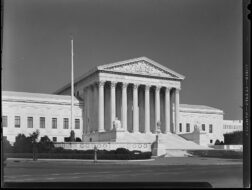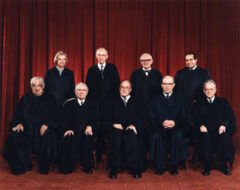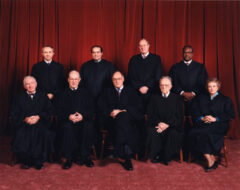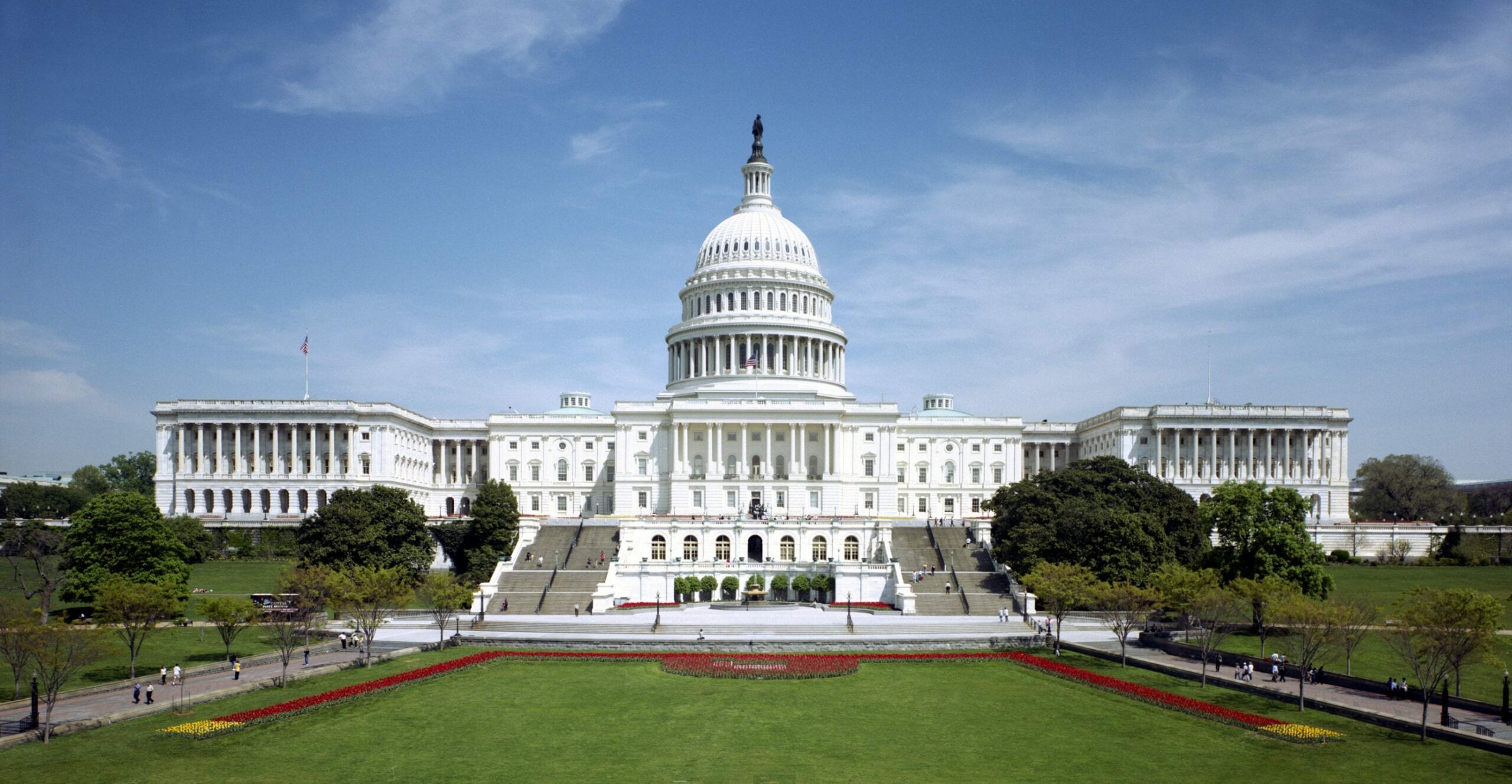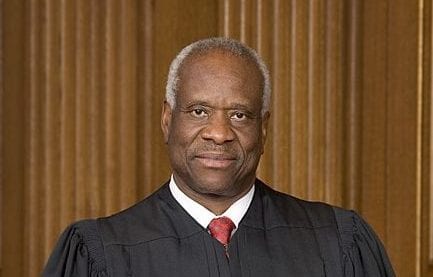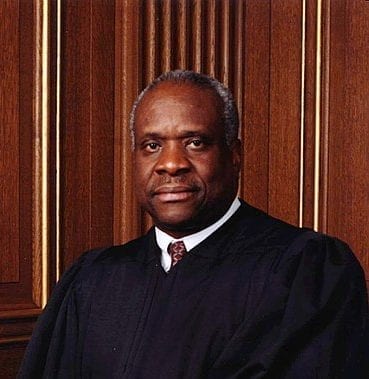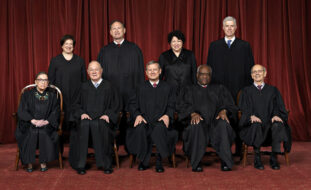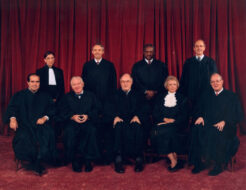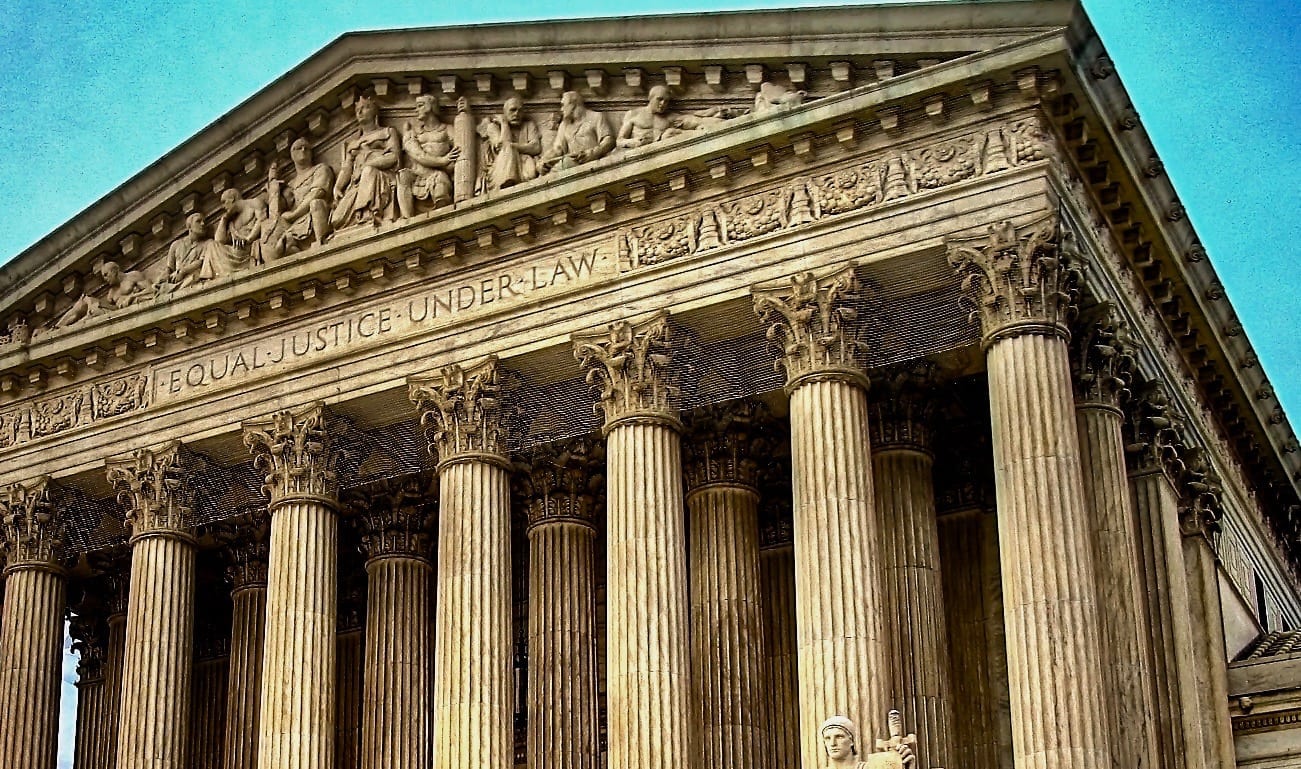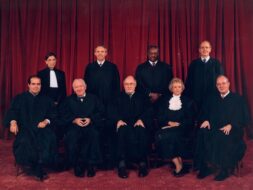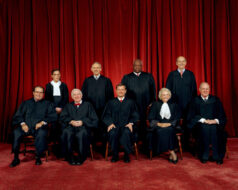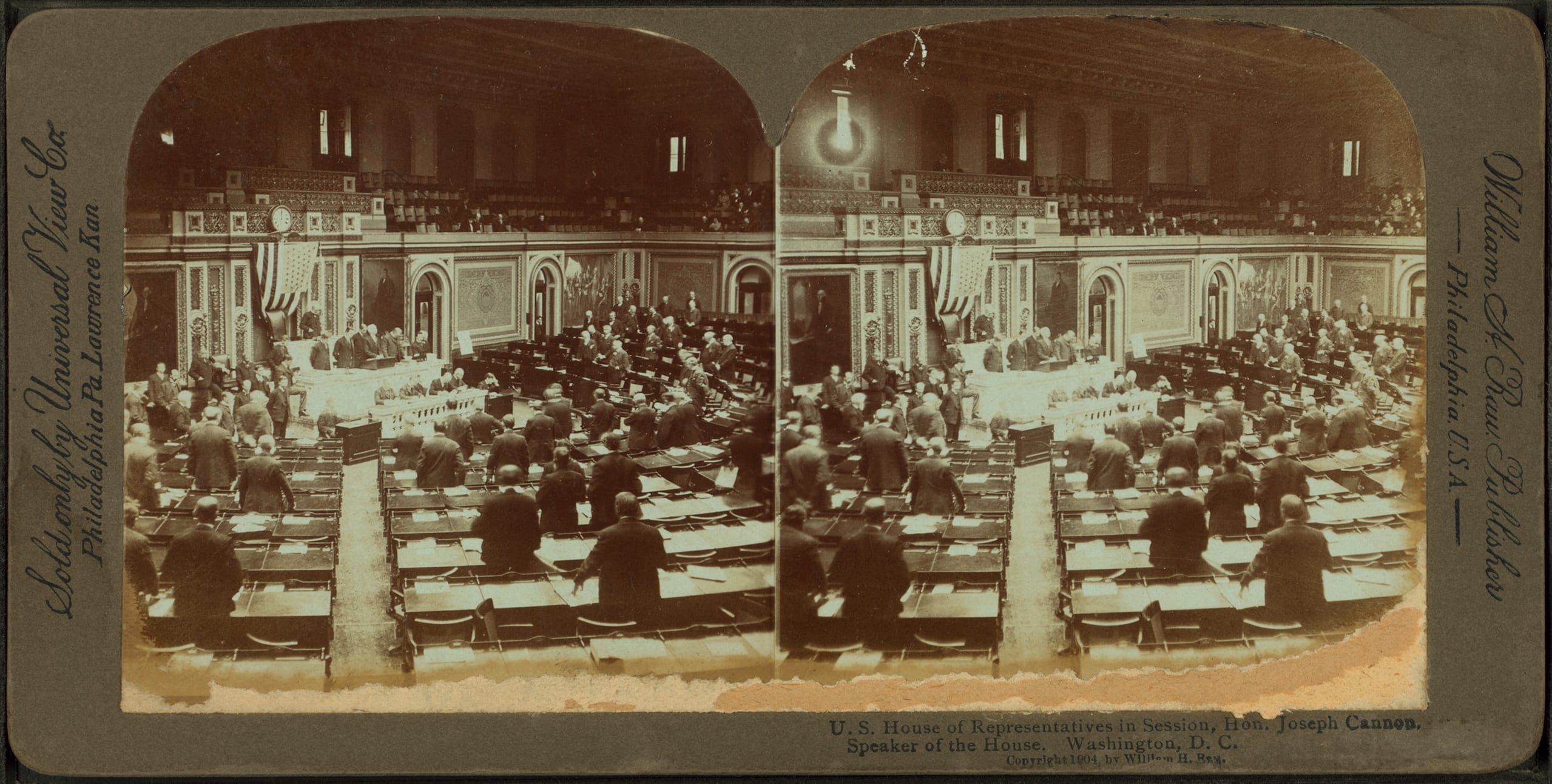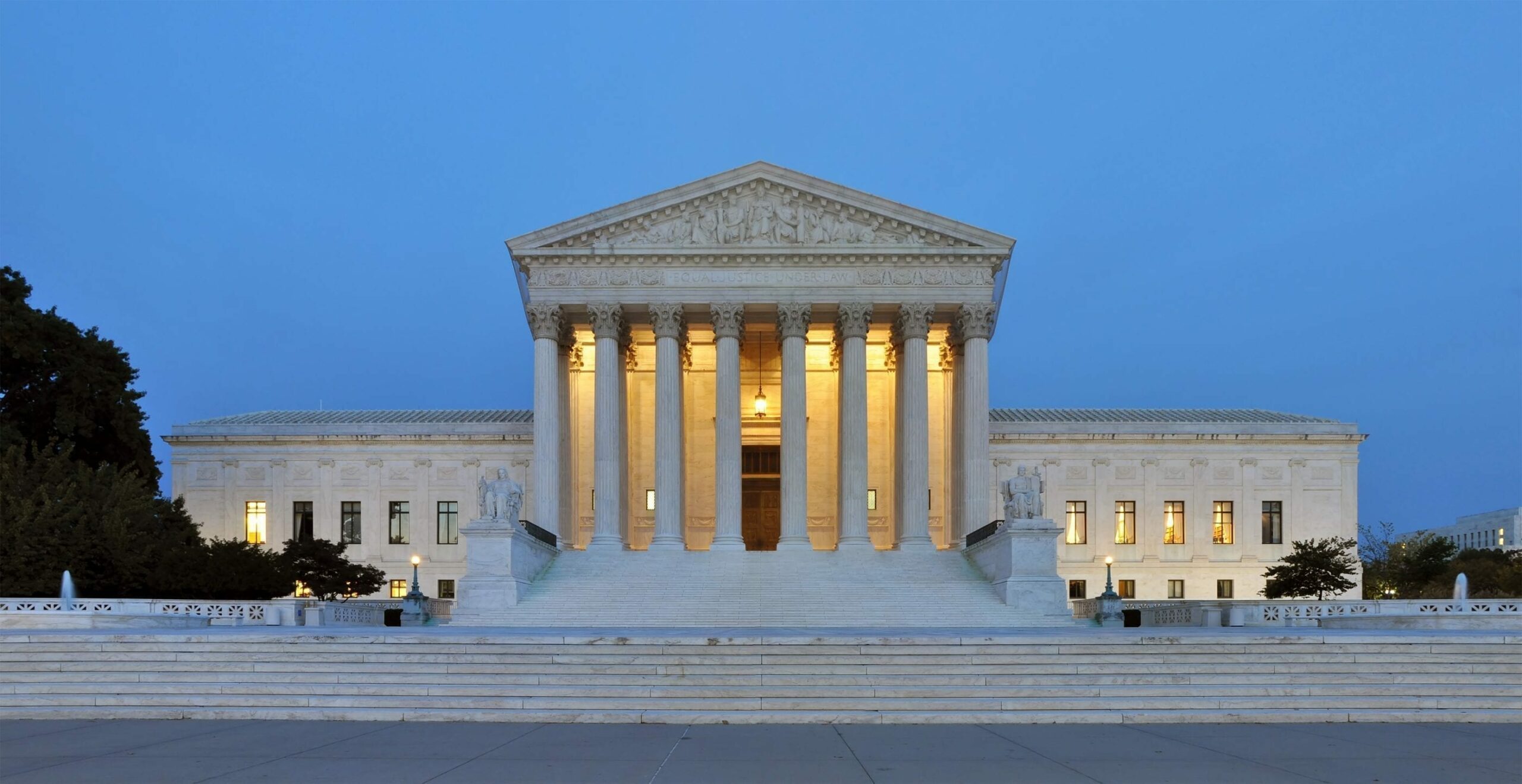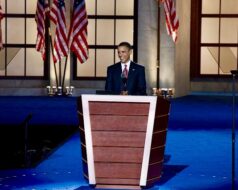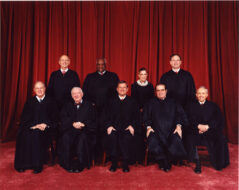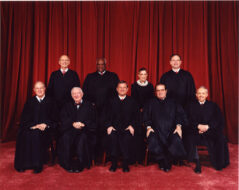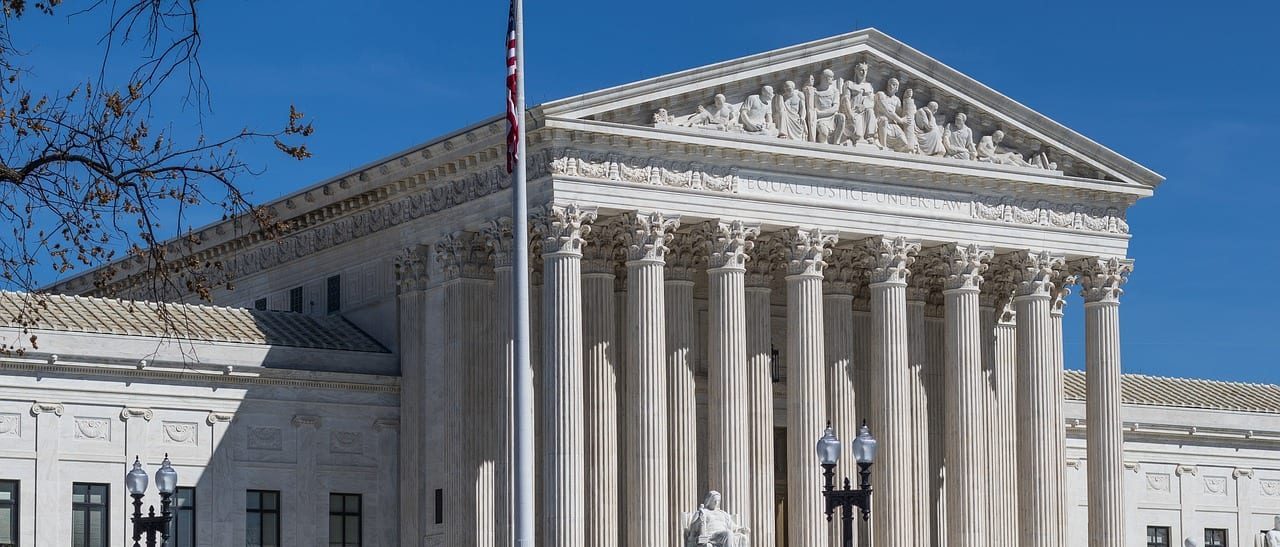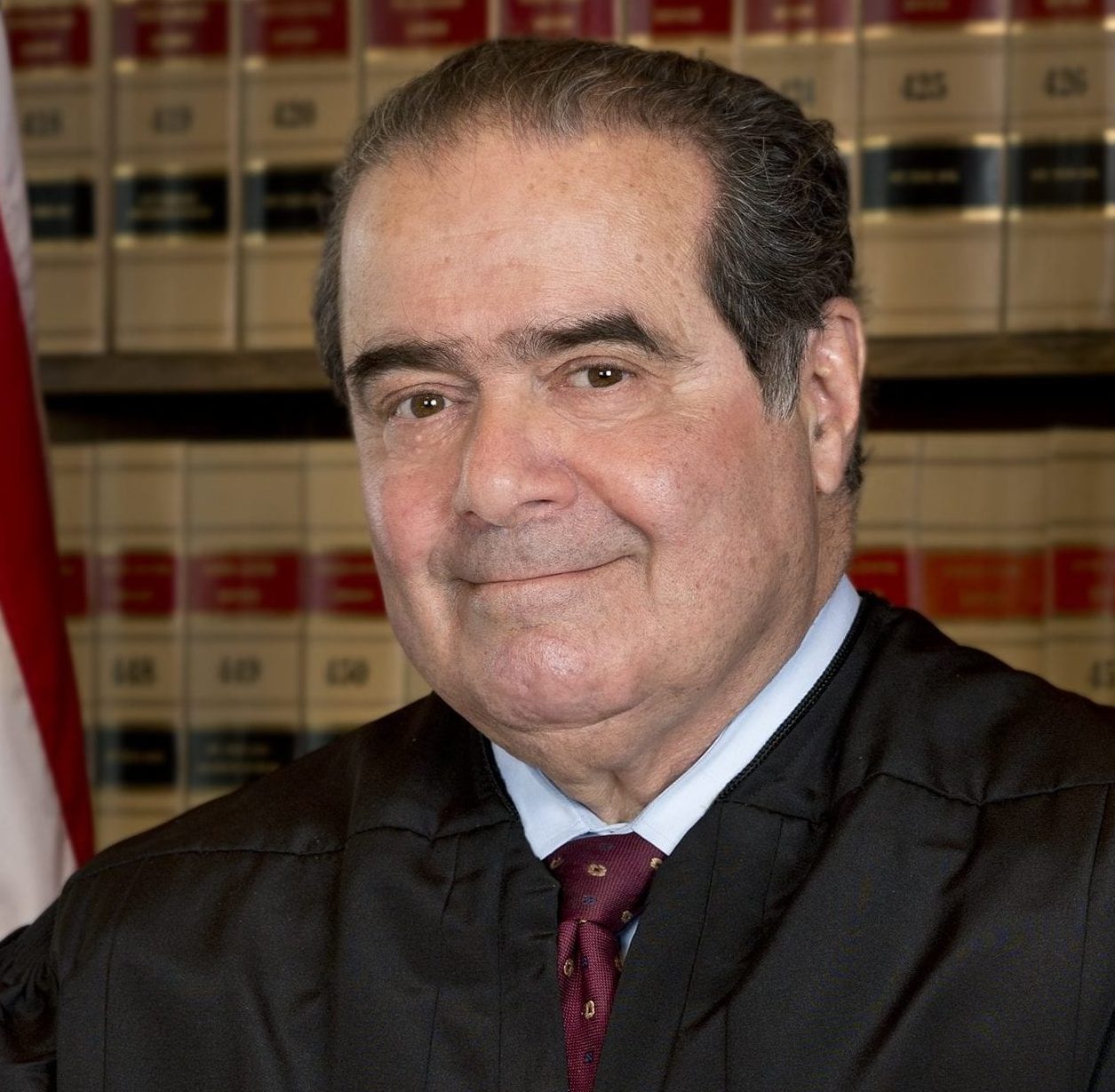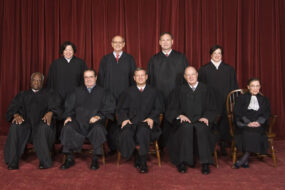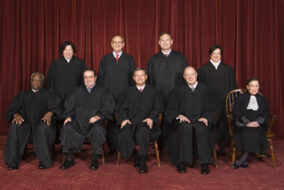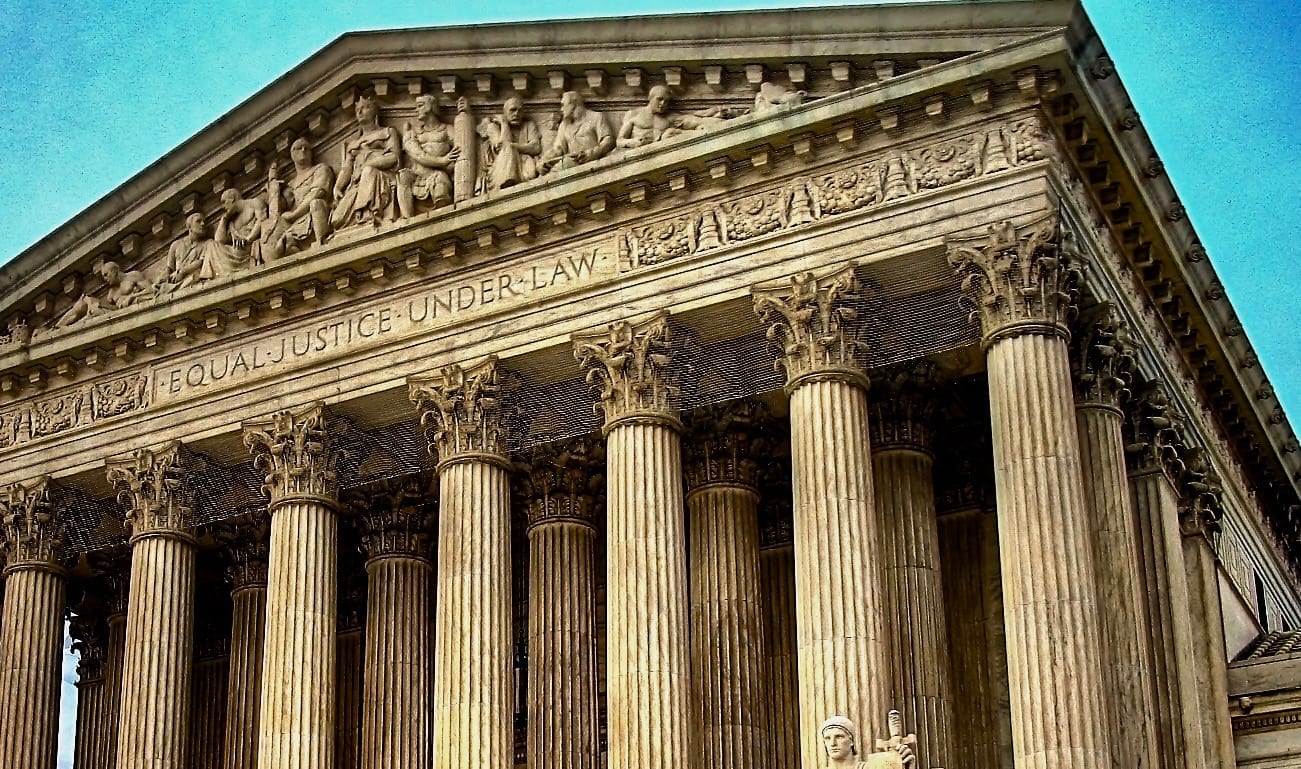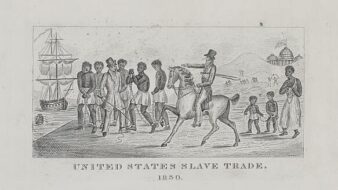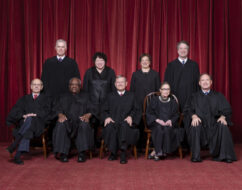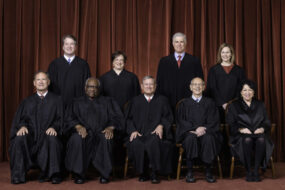
Introduction
Although many U.S. Supreme Court cases with important implications for the balance of federal and state authority involve constitutional questions that require the justices to determine whether a federal or state law is consistent with the U.S. Constitution, other cases with federalism implications require the justices to engage in statutory interpretation and determine how broadly or narrowly to construe statutes. Gregory v. Ashcroft is primarily, though not entirely, a case of the latter kind. The question before the Court was whether a Missouri constitutional provision requiring state judges to retire at age seventy should be invalidated on the ground that it was inconsistent with the federal Age Discrimination in Employment Act (ADEA), or, alternatively, because it violated the Equal Protection Clause of the Fourteenth Amendment.
The Supreme Court declined to overturn Missouri’s judicial retirement-age policy. In her opinion for the Court, Justice Sandra Day O’Connor (1930–2023) argued that states should be afforded significant deference in making decisions “of the most fundamental sort,” such as determining who can serve as judge. Justice O’Connor therefore made clear that absent a plain statement on the part of Congress of an intent to displace state authority, federal courts should presume Congress did not intend such an outcome. Justice O’Connor’s opinion is also significant because she set out an extended defense of federalism, and in particular “a system of dual sovereignty between the states and the federal government,” in language quoted in a number of subsequent judicial opinions and scholarly analyses (see Printz v. United States).
Source: 501 U.S. 452, https://www.law.cornell.edu/supct/html/90-50.ZO.html.
Justice O’CONNOR delivered the opinion of the Court.
Article V, 26 of the Missouri Constitution provides that “[a]ll judges other than municipal judges shall retire at the age of seventy years.” We consider whether this mandatory retirement provision violates the federal Age Discrimination in Employment Act of 1967 (ADEA), and whether it comports with the federal constitutional prescription of equal protection of the laws....
As every schoolchild learns, our Constitution establishes a system of dual sovereignty between the states and the federal government. This Court also has recognized this fundamental principle. In Tafflin v. Levitt (1990), “[w]e beg[a]n with the axiom that, under our federal system, the states possess sovereignty concurrent with that of the federal government, subject only to limitations imposed by the Supremacy Clause.” Over a hundred years ago, the Court described the constitutional scheme of dual sovereigns:
[T]he people of each state compose a state, having its own government, and endowed with all the functions essential to separate and independent existence. ... [W]ithout the states in union, there could be no such political body as the United States. Not only, therefore, can there be no loss of separate and independent autonomy to the states, through their union under the Constitution, but it may be not unreasonably said that the preservation of the states, and the maintenance of their governments, are as much within the design and care of the Constitution as the preservation of the Union and the maintenance of the national government. The Constitution, in all its provisions, looks to an indestructible Union, composed of indestructible states.1
The Constitution created a federal government of limited powers. “The powers not delegated to the United States by the Constitution, nor prohibited by it to the states, are reserved to the states respectively, or to the people.”2 The states thus retain substantial sovereign authority under our constitutional system. As James Madison put it:
The powers delegated by the proposed Constitution to the federal government are few and defined. Those which are to remain in the state governments are numerous and indefinite. ... The powers reserved to the several states will extend to all the objects which, in the ordinary course of affairs, concern the lives, liberties, and properties of the people, and the internal order, improvement, and prosperity of the state.”3
This federalist structure of joint sovereigns preserves to the people numerous advantages. It assures a decentralized government that will be more sensitive to the diverse needs of a heterogenous society; it increases opportunity for citizen involvement in democratic processes; it allows for more innovation and experimentation in government; and it makes government more responsive by putting the states in competition for a mobile citizenry.
Perhaps the principal benefit of the federalist system is a check on abuses of government power. “The ‘constitutionally mandated balance of power’ between the states and the federal government was adopted by the Framers to ensure the protection of ‘our fundamental liberties.’”4 Just as the separation and independence of the coordinate branches of the federal government serves to prevent the accumulation of excessive power in any one branch, a healthy balance of power between the states and the federal government will reduce the risk of tyranny and abuse from either front. Alexander Hamilton explained to the people of New York, perhaps optimistically, that the new federalist system would suppress completely “the attempts of the government to establish a tyranny”:
[I]n a confederacy the people, without exaggeration, may be said to be entirely the masters of their own fate. Power being almost always the rival of power, the general government will at all times stand ready to check usurpations of the state governments, and these will have the same disposition towards the general government. The people, by throwing themselves into either scale, will infallibly make it preponderate. If their rights are invaded by either, they can make use of the other as the instrument of redress.5
James Madison made much the same point:
In a single republic, all the power surrendered by the people is submitted to the administration of a single government; and the usurpations are guarded against by a division of the government into distinct and separate departments. In the compound republic of America, the power surrendered by the people is first divided between two distinct governments, and then the portion allotted to each subdivided among distinct and separate departments. Hence a double security arises to the rights of the people. The different governments will control each other, at the same time that each will be controlled by itself.6
One fairly can dispute whether our federalist system has been quite as successful in checking government abuse as Hamilton promised, but there is no doubt about the design. If this “double security” is to be effective, there must be a proper balance between the states and the federal government. These twin powers will act as mutual restraints only if both are credible. In the tension between federal and state power lies the promise of liberty.
The federal government holds a decided advantage in this delicate balance: the supremacy clause.7 As long as it is acting within the powers granted it under the Constitution, Congress may impose its will on the states. Congress may legislate in areas traditionally regulated by the states. This is an extraordinary power in a federalist system. It is a power that we must assume Congress does not exercise lightly.
The present case concerns a state constitutional provision through which the people of Missouri establish a qualification for those who sit as their judges. This provision goes beyond an area traditionally regulated by the states; it is a decision of the most fundamental sort for a sovereign entity. Through the structure of its government, and the character of those who exercise government authority, a state defines itself as a sovereign.
Congressional interference with this decision of the people of Missouri, defining their constitutional officers, would upset the usual constitutional balance of federal and state powers. For this reason, “it is incumbent upon the federal courts to be certain of Congress’ intent before finding that federal law overrides” this balance.8...
In light of the ADEA’s clear exclusion of most important public officials, it is at least ambiguous whether Congress intended that appointed judges nonetheless be included. In the face of such ambiguity, we will not attribute to Congress an intent to intrude on state governmental functions regardless of whether Congress acted pursuant to its commerce clause powers or § 5 of the Fourteenth Amendment.9...
The people of Missouri have established a qualification for those who would be their judges. It is their prerogative as citizens of a sovereign state to do so. Neither the ADEA nor the Equal Protection Clause prohibits the choice they have made....
- 1. Justice O’Connor’s note: Texas v. White (1869), quoting Lane County v. Oregon (1869).
- 2. Justice O’Connor’s note: U.S. Const., Amdt. 10.[U.S. House of Representatives, Debate on Amendments to the Constitution, August 18 and 21, 1789].
- 3. Justice O’Connor’s note: The Federalist No. 45.
- 4. Justice O’Connor’s note: Atascadero State Hospital v. Scanlon (1985), quoting Garcia v. San Antonio Metropolitan Transit Authority (1985) (Powell, J., dissenting).
- 5. Justice O’Connor’s note: The Federalist No. 28.
- 6. Justice O’Connor’s note: The Federalist No. 51.
- 7. Justice O’Connor’s note: U.S. Const., Art. VI.
- 8. Justice O’Connor’s note: Atascadero, supra, at 243.
- 9. The commerce clause is Article I, section 8, clause 3. Section 5 of the Fourteenth Amendment reads: “The Congress shall have power to enforce, by appropriate legislation, the provisions of this article.”
Portia’s Progress
October 29, 1991
Conversation-based seminars for collegial PD, one-day and multi-day seminars, graduate credit seminars (MA degree), online and in-person.






